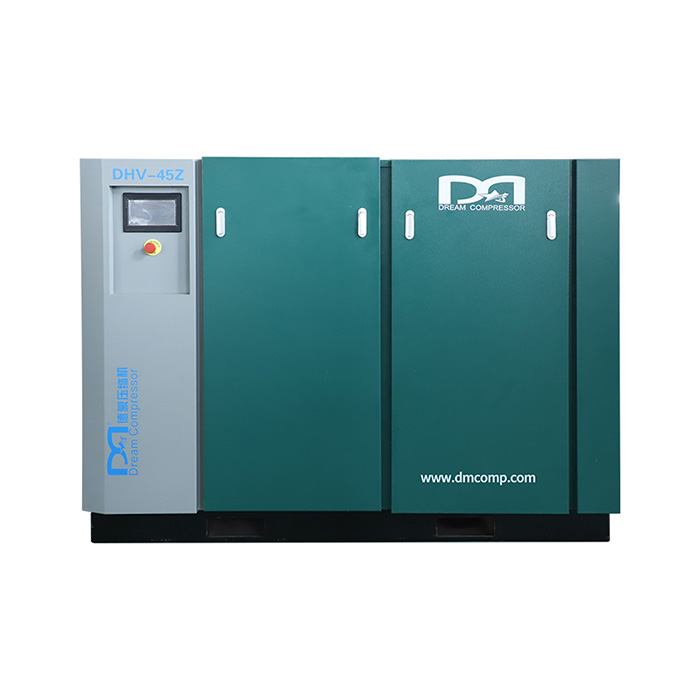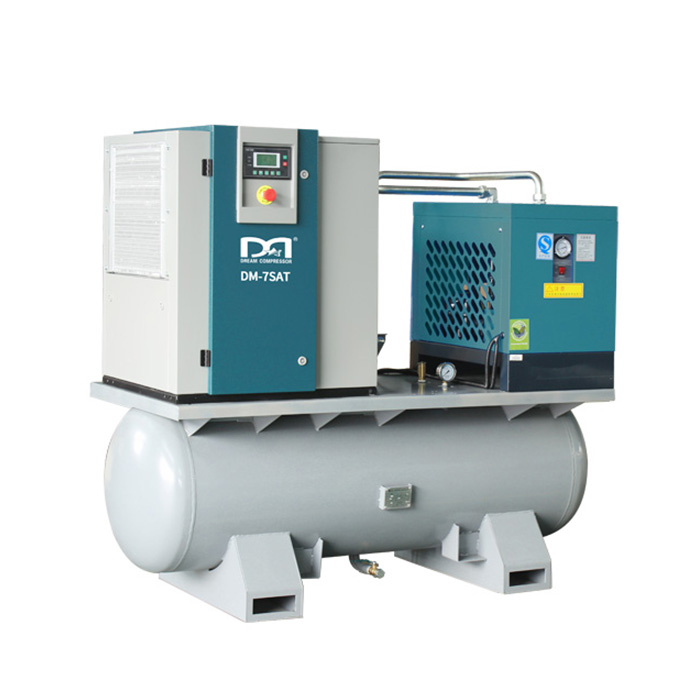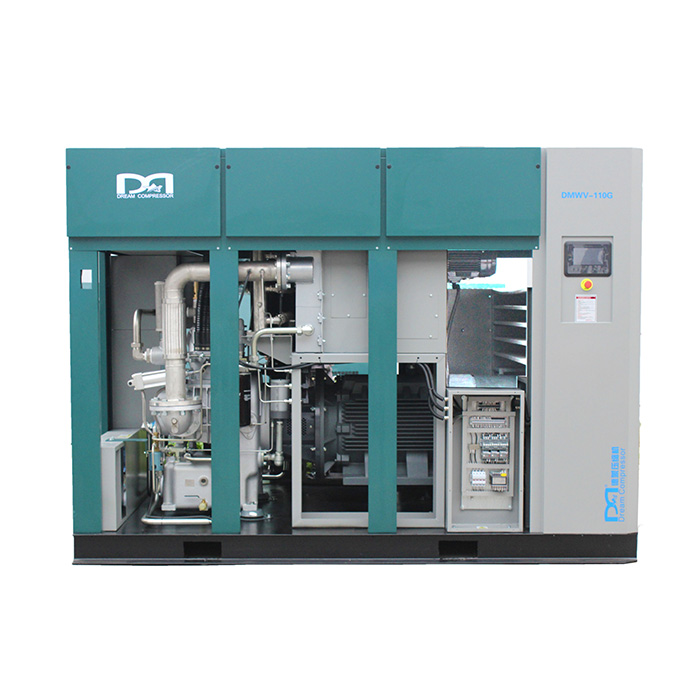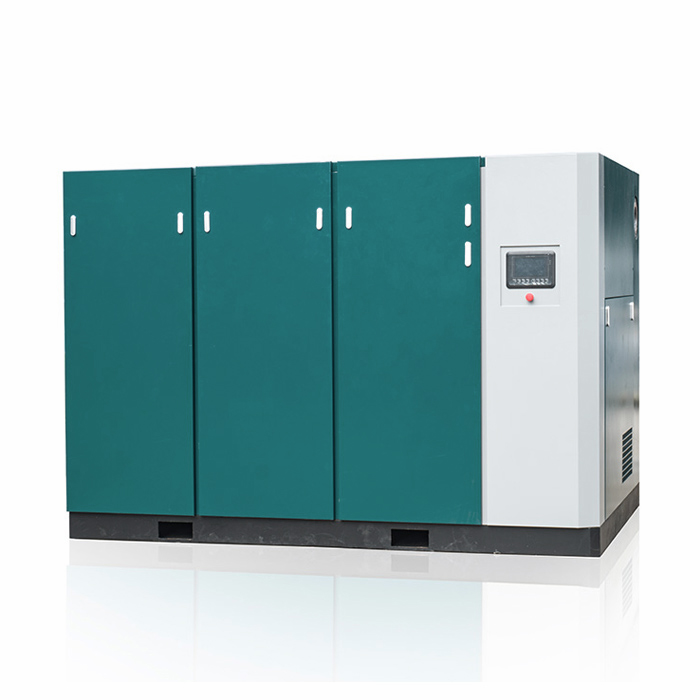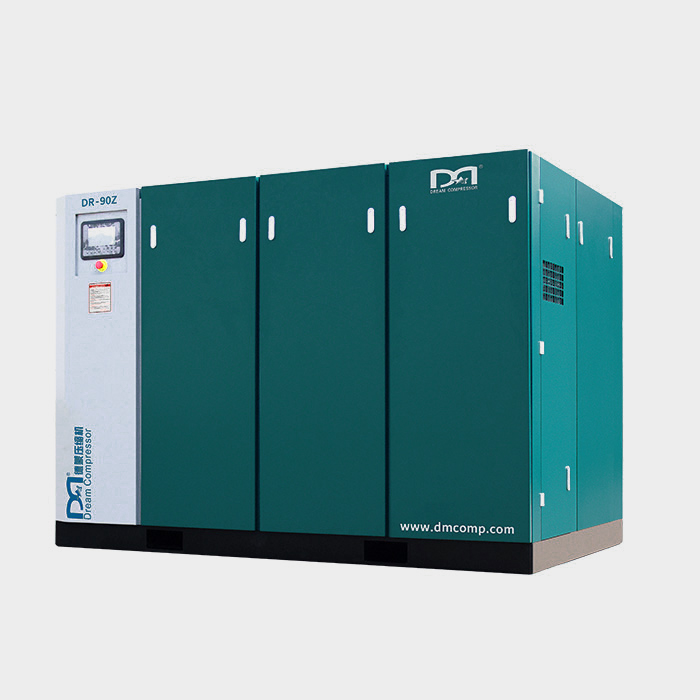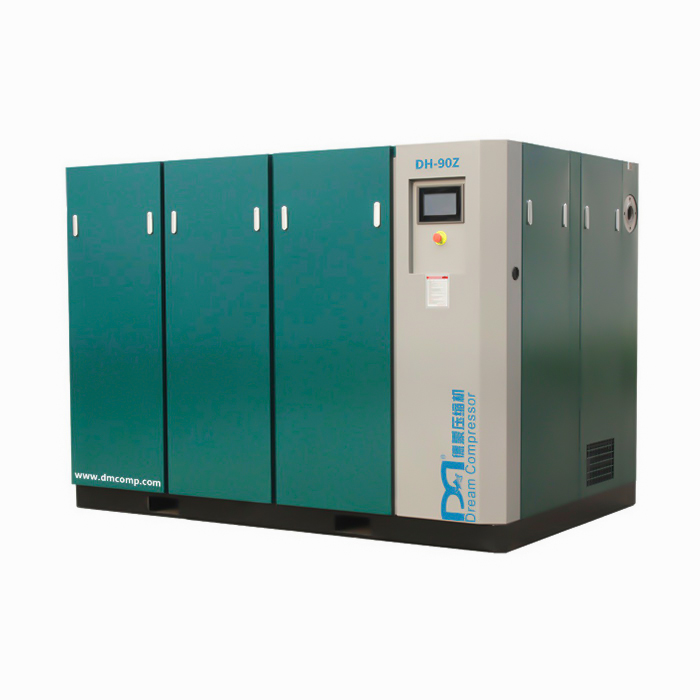How to classify piston compressors? -Reciprocating
There are many ways to classify piston compressors, and their names are also different. Usually, there are several classification methods as follows:
(1) According to the cylinder position of the compressor (cylinder centerline), it can be divided into:
1. For horizontal compressors, the cylinders are all horizontal (the cylinder centerline is in the horizontal direction).
2. The cylinders of vertical compressors are arranged vertically (vertical compressors).
3. For angle compressors, the cylinders are arranged in different angles such as L-shaped, V-shaped, W-shaped, and star-shaped.
(2) According to the number of compressor cylinder sections (stages), it can be divided into:
1. Single-stage compressor (single-stage): The gas is compressed once in the cylinder.
2. Two-stage compressor (two-stage): The gas is compressed twice in the cylinder.
3. Multi-stage compressor (multi-stage): The gas is compressed multiple times in the cylinder.
(3) According to the arrangement method of the cylinder, it can be divided into;
1. Tandem compressor: A multi-stage compressor in which several cylinders are arranged on the same shaft in sequence, also known as a single-row compressor.
2. Parallel compressor: a multi-stage compressor with several cylinders arranged in parallel on several shafts, also known as double-row compressors or multi-row compressors.
3. Compound compressor: a multi-stage compressor is composed of series and parallel type.
4. Symmetrically balanced compressor: the cylinders are arranged horizontally on both sides of the crankshaft whose crankshaft journals are 180 degrees each other, arranged in an H-shape, and its inertial force can basically be balanced. (Large compressors are all developing in this direction).
(4) According to the compression action of the piston, it can be divided into:
1. Single-acting compressor: The gas is compressed only on one side of the piston, also known as a single-acting compressor.
1. Single-acting compressor: The gas is compressed only on one side of the piston, also known as a single-acting compressor. Hyperactive compressor.
3. Multi-cylinder single-acting compressor: a compressor with multiple cylinders for compression using one side of the piston.
4. Multi-cylinder double-acting compressor: the compressor uses both sides of the piston to compress, and there are multiple cylinders.
(5) According to the final discharge pressure of the compressor, it can be divided into:
1. Low-pressure compressor: the final pressure of exhaust is 3-10 gauge pressure.
2. Medium-pressure compressor: The final exhaust pressure is 10~~~100 gauge pressure.
3. High-pressure compressor: the final pressure of exhaust is 100~~1000 gauge pressure.
4. Ultra-high pressure compressor: The final exhaust pressure is above 1000 gauge pressure.
(6) According to the compressor displacement, it can be divided into:
1. Micro-compressor: The gas delivery volume is below 1 m3/min.
2. Small compressor: The gas delivery volume is below 1-10m3/min.
3. Medium-sized compressors: the gas delivery volume is between 10m3/min and 100m3/min.
4. Large-scale compressor: the gas transmission capacity is 100m3/min.
(7) According to the speed of the compressor, it can be divided into:
1. Low-speed compressor: below 200 rpm.
2. Intermediate speed compressor: 200~450 rpm.
3. High-speed compressor: 450~~1000 rpm.
(8) According to the type of transmission, it can be divided into:
1. Electric compressor: those powered by electric motors;
2. Pneumatic compressor: those powered by steam engines;
3. Compressors powered by internal combustion engines;
4. Compressors powered by steam turbines.
(9) According to the cooling method, it can be divided into:
1. Water-cooled compressor: Uses the circulating flow of cooling water to conduct heat in the compression process.
2. Air-cooled compressor: use its own wind to guide the heat in the compression process through the heat sink.
(10) According to the transmission method of power machine and compressor, it can be divided into:
1. The rigid body coupling of the device directly drives the compressor or is called a close-fitting compressor.
2. The flexible coupling directly drives the compressor.
3. Compressor driven by reduction gear.
4. Belt (flat belt or triangle belt) drives the compressor.
5. Free piston compressor without crankshaft-connecting rod mechanism.
6. Compressor with positive structure---a compressor in which the cylinder of the motor compressor and the compressor base are integrally made, and uses a common crankshaft.
In addition, the compressor is divided into fixed type and mobile type, and there is a crosshead without a crosshead.

